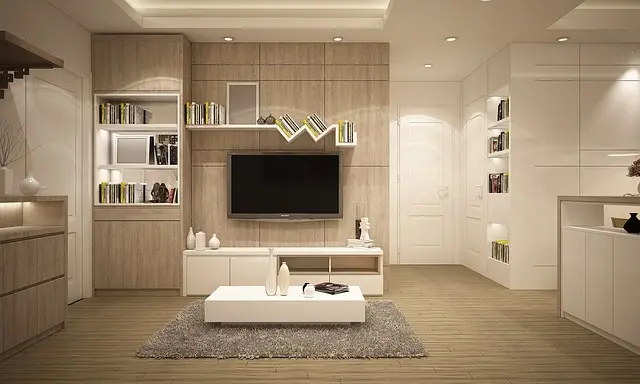
1. What Is a Smart Home?
A smart home is a residence equipped with devices that can be controlled remotely or automated through a smartphone, voice assistant, or smart hub. These devices communicate via Wi-Fi, Bluetooth, or other wireless protocols, allowing you to control lighting, security, climate, entertainment, and more with ease.
2. Key Benefits of a Smart Home
✔ Convenience – Control devices remotely and automate daily tasks.
✔ Energy Efficiency – Smart thermostats, lights, and appliances can reduce energy waste.
✔ Enhanced Security – Smart cameras, doorbells, and locks improve home protection.
✔ Cost Savings – Many smart home devices help lower electricity and insurance bills.
✔ Accessibility – Voice control and automation assist elderly or disabled users.
3. Essential Smart Home Devices
A. Smart Hubs & Voice Assistants
A smart hub connects all your devices, while voice assistants let you control them hands-free.
🔹 Amazon Echo (Alexa)
🔹 Google Nest Hub (Google Assistant)
🔹 Apple HomePod (Siri)
B. Smart Lighting
Smart bulbs and switches allow you to control lighting remotely and set schedules.
🔹 Philips Hue – Color-changing and dimmable bulbs
🔹 LIFX – Wi-Fi-enabled smart bulbs
🔹 Lutron Caséta – Smart light switches and dimmers
C. Smart Thermostats
These devices adjust temperature based on usage patterns to save energy.
🔹 Google Nest Thermostat – Auto-schedules heating & cooling
🔹 ecobee SmartThermostat – Works with room sensors for better efficiency
D. Smart Security Systems
Protect your home with smart locks, cameras, and alarms.
🔹 Ring Video Doorbell – See and talk to visitors remotely
🔹 Arlo Pro 4 – Wireless security cameras with night vision
🔹 August Smart Lock – Keyless entry with smartphone control
E. Smart Plugs & Outlets
Turn any traditional device into a smart one.
🔹 TP-Link Kasa Smart Plug – Remote control & energy monitoring
🔹 Wemo Smart Plug – Works with Alexa, Google Assistant, and Apple HomeKit
F. Smart Appliances
Upgrade your home with Wi-Fi-enabled kitchen and cleaning gadgets.
🔹 Samsung Smart Refrigerator – Built-in touchscreen & cameras
🔹 iRobot Roomba – Smart vacuum with voice control
🔹 GE Smart Oven – Preheat and control cooking from your phone
4. How to Set Up Your Smart Home
Step 1: Choose Your Smart Home Ecosystem
Decide whether you want to use Amazon Alexa, Google Assistant, or Apple HomeKit as your main smart home platform. This choice will determine compatibility with other devices.
Step 2: Set Up a Smart Hub (Optional but Recommended)
A smart hub like Samsung SmartThings or Hubitat can centralize control of multiple devices, especially those using Zigbee or Z-Wave protocols.
Step 3: Start with Essential Devices
Begin with key smart devices like lights, thermostat, and security cameras before expanding.
Step 4: Automate and Customize Your Setup
Use routines and schedules to automate tasks, such as:
✅ Turning off lights when no one is home
✅ Adjusting the thermostat based on the time of day
✅ Receiving security alerts when doors open
5. Smart Home Security & Privacy Tips
🔹 Use strong passwords for all smart home accounts.
🔹 Enable two-factor authentication (2FA) for extra security.
🔹 Update firmware regularly to patch vulnerabilities.
🔹 Set up guest access instead of sharing your main account.
🔹 Use a separate Wi-Fi network for smart devices to prevent hacking risks.
6. Future Trends in Smart Home Technology (2025 & Beyond)
🚀 AI-Powered Automation – Smart homes will learn and adapt to user habits.
🚀 Matter Protocol – A new universal standard for better device compatibility.
🚀 5G & Faster Connectivity – More responsive and reliable smart home networks.
🚀 Eco-Friendly Smart Homes – Solar-integrated smart devices and energy-efficient automation.
Conclusion
Building a smart home in 2025 is easier and more affordable than ever. Whether you’re upgrading a few devices or automating your entire home, smart technology can enhance convenience, security, and efficiency. Start small, expand gradually, and enjoy the benefits of a connected home!
Need help choosing the best smart home devices? Check out our Top Smart Home Devices of 2025 guide! 🚀
